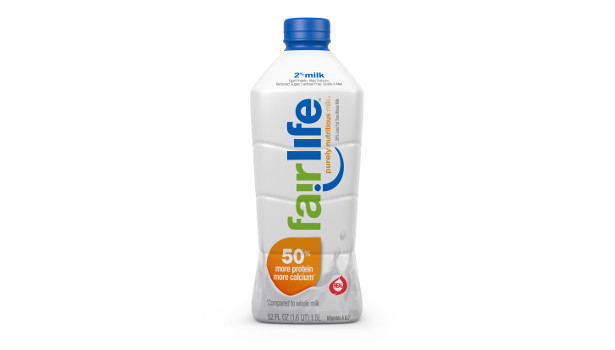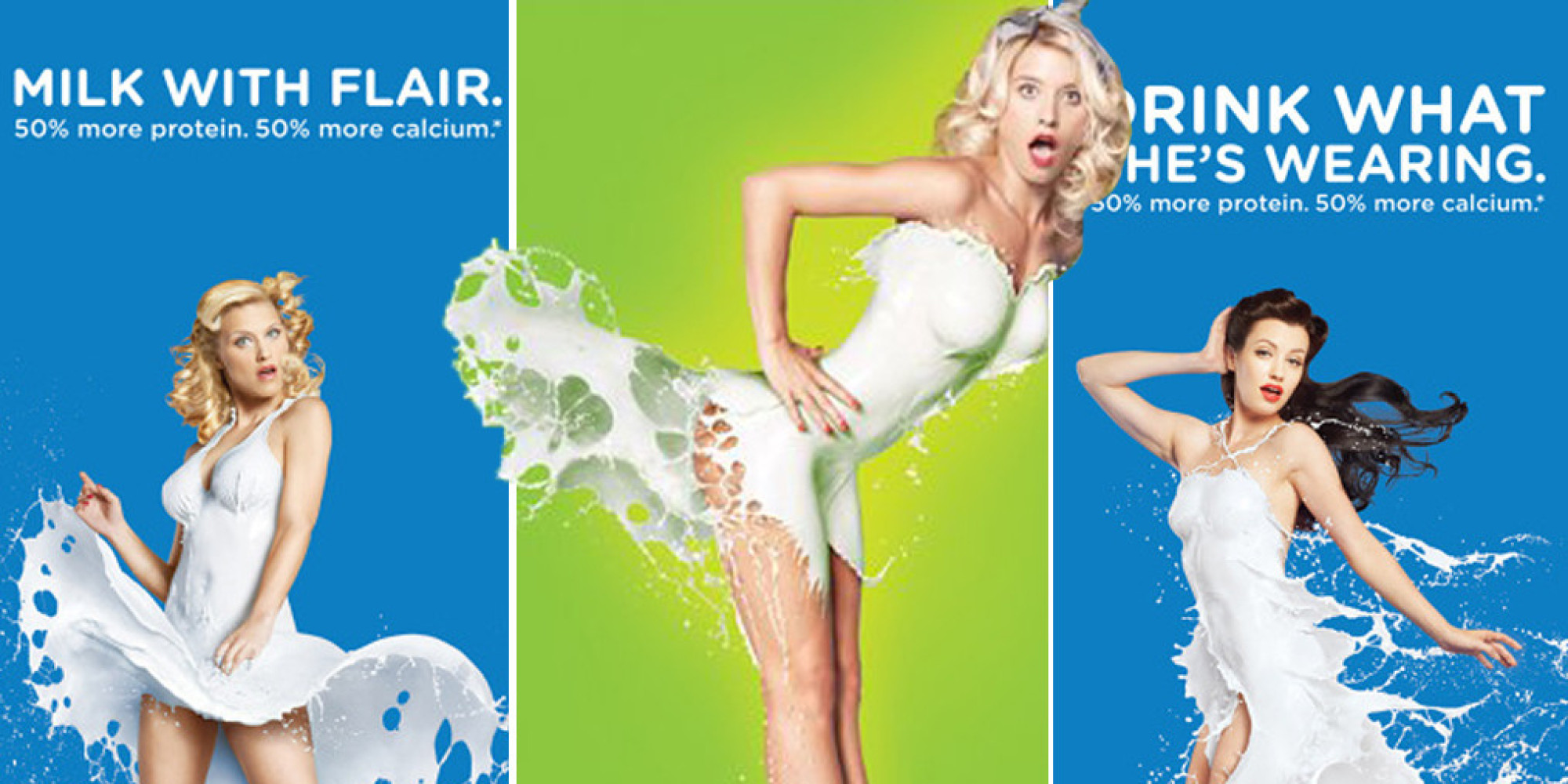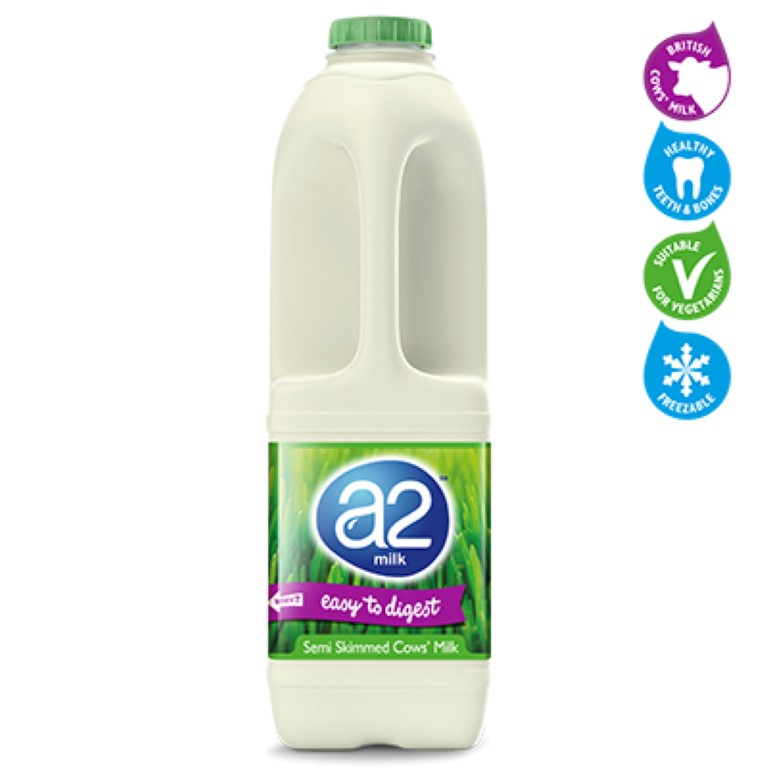Shanghai's Home of Sticky Ribs
STICKY bones aren’t really the first idea that pops to mind when you think about eating spare ribs. For me it’s all about slow-cooked meaty goodness oozing tasty marinade. Dapuqiao’s new barbeque joint, Morganfield’s, at the Sun Moon Light Center, delivers on both fronts. Home of Stick Bones is their slogan and they are really living up to that reputation. When it comes to country food done right this restaurant is a diamond-in-the-rough in Shanghai. From retro music associated with country radio to freshly done mashed potatoes with hickoryflavoured ribs, Morganfield’s has their finger on the pulse of carnivore desire and Outback culture.
It’s a rustic ‘50s style set-up with high and low-set wooden tables and brick walls to compliment. If the country atmosphere isn’t for you, then focus your attention on the old-school Disney cartoons playing on the big-screens. There’s also a casual but busy bar and outdoor eating area on a balcony overlooking the shopping mall. If meat eating isn’t your thing, stick to the original and creative offerings on the drinks list. The Ginger Pop is by far the winner. A mix up of fresh mint, honey, brown sugar and ginger ale, this drink is the perfect way to enjoy a Shanghai summer’s day or night, especially in 35 degree plus heat. Sitting on the deck is also a great escape from Tianzifang tourists and keen shoppers. Enough of the atmosphere, let’s talk food!
What really gets me with this joint is how fresh and tender the meat is. It’s one hell of an ask to fulfil carnivore urgings in Shanghai but Morganfield’s delivers sensationally. At this joint, there are no small-portions of not-so-fresh meat that are so often served at Shanghai restaurants. Move over Kakadu, Bubba’s and Outback Steakhouse, Morganfield's has got you covered. This Singapore-owned restaurant company is setting a new standard by serving quality imported ribs from the US, very generous portions at reasonable prices (ribs start at about Y128) and great service. The menu is flexible - you can buy extra sides (also well-sized) for reasonable prices. Morganfield's also seem to have a secret chips recipe - some of the best in town by a long shot. The ribs flavours include: Black Peppercorn, Garlic, Hickory, Jim Beam and Jack Daniels. Slow-cooked and old-fashioned, it’s sure to make anyone feel at home. Hickory is the all-round favourite but the peppercorn flavour really seeps into the meat adding a little pop in the mouth as you chew. Beef and mutton ribs are also available. The mutton ribs were a little tough compared to the pork option and the portion much smaller.
The only downside is that the happy hour deal doesn’t match the large plate of wholesome food. Happy Hour is a buy 1 pint get 1 glass free deal. Downing a pint and then following that up with much smaller glass seems cheap and inauthentic. Management would be better to consider offering an after-meal liqueur instead. Be sure to book, this place is very popular with locals, testament to the quality and quantity.








